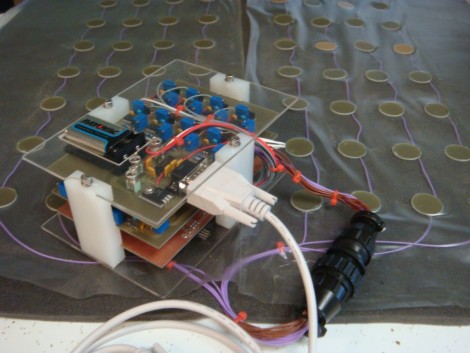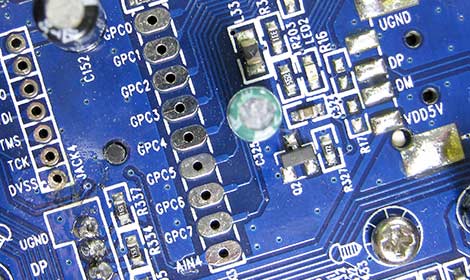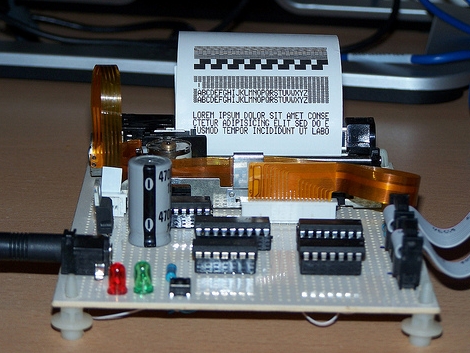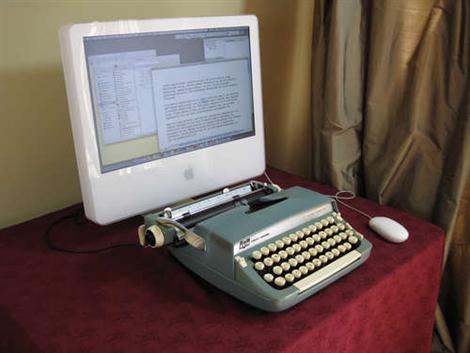
Day: August 30, 2010
Spy Video TRAKR: The Teardown

Last Friday we looked at Wild Planet’s Spy Video TRAKR programmable RC vehicle mostly from an end user perspective. Much of our weekend was spent dismantling and photographing the device’s internal works, and poring over code and documentation, in order to better gauge the TRAKR’s true hackability. Our prior review included some erroneous speculation…we can clarify a number of details now, and forge ahead with entirely new erroneous speculation!
Use A Big Magnet To Set The Time

This bulky package is a Nixie tube wristwatch. We still like [Woz’s] watch better but this one has a few nice tricks of its own. Notably, there aren’t any buttons to set the time. Instead, a large magnet is used to actuate a magnetic switch inside the body. Speaking of enclosures, the case is aluminum and the face plate is polycarbonate but looks like it’s been vacuum formed. Check out the clip after the break.
Arduino Based Thermal Printer

[Manuel] built his own thermal printer based around an Arduino. We’re a bit confused about the parts, his webpage specifies an EFA-1019HW2 print head but the bill of materials on his github shows EPT-1019W2. We can’t find a source for either product number, but we did find similar thermal line printers for as low as $32.00. The controller boards on the other hand look to be around $150 so building your own is a definite win. [Manuel’s] version can print 96 points and has a font set that prints 32 characters per line. Check out the video after the break and let us know if the noise of the print head is a deal killer for you.
USB Typewriter

[Jackzylkin] has posted an instructible showing, in detail, the process of creating a USB typewriter. He takes us through the process of disassembling the typewriter, mounting all the sensors where the little hammers strike, and wiring it all up to a custom board to interface with the computer via USB. While he is selling the board, the schematics are available if you want to build your own. We think the clickety-clack of a real typewriter could be very satisfying to the touch, though it might drive your co workers insane. The younger ones might also quiz you as to what that archaic machine is. We’ve actually seen this done before, way back in 2005.
DWex Watch Looks For Future Development

[FlorinC] sent in his DWex Arduino watch, with intentions for it double as an experimenting base. Inspired by the MakerBotWatch, it runs an ATmega328P, DS1337 RTC,and 24 LEDs to display the time. [FlorinC] tells us the (yet to come) case and strap will be similar to Woz’s watch to ensure airport security tackles him. As for experimenting, the PCB contains an ICSP6 and also an FTDI connector for those “other-than-watch purposes”. We’re not all sure what else could be done with a watch; we racked our brains and came up with a compass, but with the source code and Eagle files available maybe you have a better idea?










